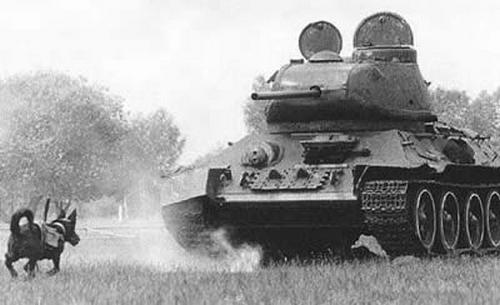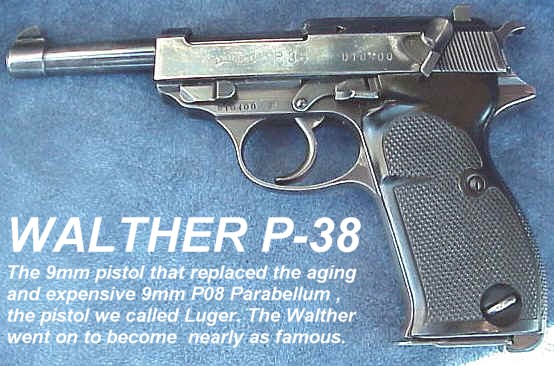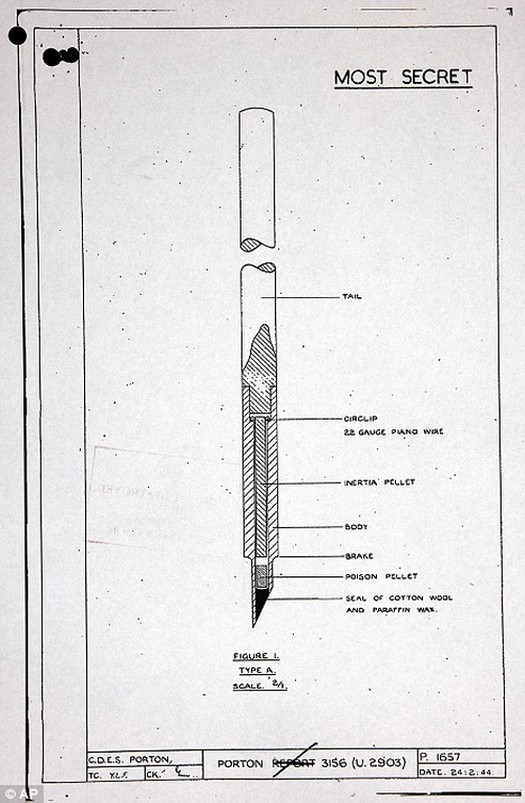5. The Poisoned Dart Bomb
Between 1941 and 1944, British scientists were working on a top secret project to developed a projectile bomb that released darts tipped with poison. A recently de-classified document entitled ‘Research Into Use of Anthrax and Other Poisons for Biological Warfare’ revealed that sewing machine needles would be used in the weapon and tipped with a lethal poison, which would probably be either anthrax or ricin.
According to a 1945 memo about the project, light darts could be used as the poison ensured slight penetration would be lethal and there was no need to hit vital organs. It also had the added advantage, according to the memo, of making it so that medical treatment would be unlikely to prevent the victim’s death.
The bombs could carry 30,600 needles and if they hit, you were likely to be dead within half an hour. However the chances of hitting someone varied and while they would have had great effect against troops out in the open, they were virtually useless when there was any type of cover. This made them unlikely to cause mass damage frequently and therefore uneconomical and as a result, they never made it passed the planning stage.
4. Anti-Tank Dogs

Anti-tank dogs or dog-bombs were dogs that were trained by the Soviet military to seek food under tanks and armored vehicles. The dogs were left hungry for a few days and explosives strapped to their backs, they would then be left to wander fields where enemy tracked vehicles approached. As they went under the vehicle, the explosives were detonated by a wooden lever that would be triggered as they went under.
Soviet reports claim that the dogs managed to disable 300 German tanks and caused enough of a problem to the Nazis that they took measures against them. Dogs were ordered to be shot on sight and flame throwers deployed on tanks and armored vehicles to ward them off in the field.
In an unfortunate incident in 1942, the use of the dogs went horribly wrong as a group of the hungry hounds ran amok. This forced an entire division of Soviets to retreat from the battlefield and soon after the anti-tank dogs were withdrawn from regular service, however they continued to be trained right up until 1996.



